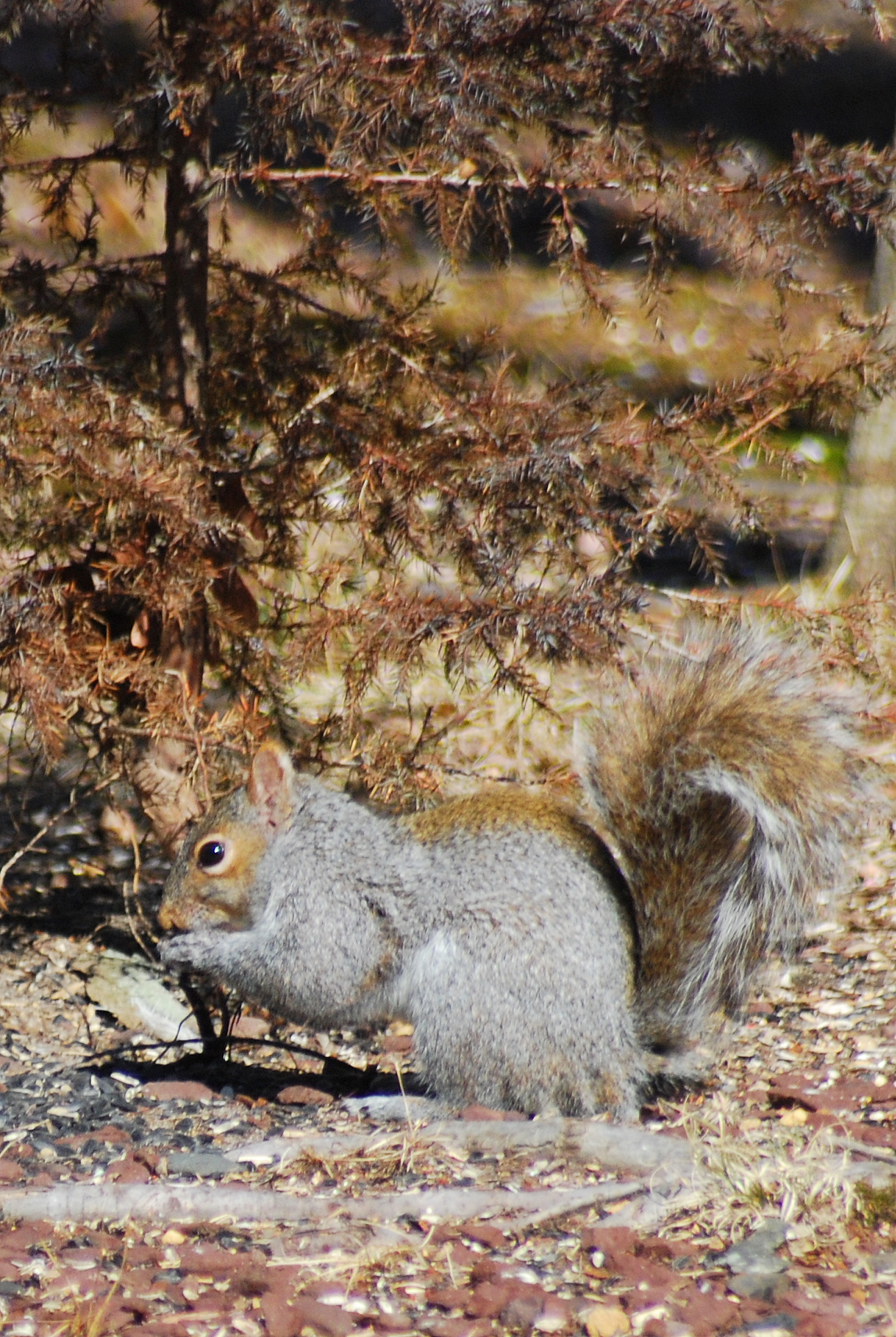 Other than a bunch of squirrels (note to self: next time bring the .22 too) and a few deer (which are out of season), we didn’t see much this trip. |
Went out this weekend to help put a dent in the feral hog population on a nearby piece of public hunting lands, as well as fill my freezer a little more.
We arrived predawn and made ready for the hike in. Public lands in this area have been restricted to foot traffic only, and the areas that hold wild pigs are a few miles from the parking area. Not 5 minutes after we began the trek, I began to lose hope that we would be bringing home the bacon this day.
Normally, hog sign is prevalent. Scat, foot prints, and rubs, are generally found in great abundance as we head from the grasslands into the riparian flatwood terrain that feral hogs favor in this region. Instead, I saw very little indication of recent activity.
In retrospect, I should have known better. The past few months have been exceptionally dry, and while this often causes wild game to travel father to find food, hogs tend to stick closer to water sources than other medium sized game. As the streams and rivers in the area dried up or slowed to a trickle, the local swine population likely retreated to areas where water was more easily found.
Undeterred, we continued to hike in until we came to the swampy bottoms surrounding a major creek. Hog sign was indeed abundant here, but it was old. Weeks and even months old in some cases. While the hogs may have been here in the past, they had long since moved on.
I spotted a deer, a small buck that snorted when he noticed our presence before staring at us a few brief seconds. Deer season had ended weeks ago, so we just stood there watching the buck watching us. Eventually, deciding he’d seen enough, the buck sneezed and bounded off into the forest.
The morning was turning into midday and the sun, for brief moments, began to burn through the grey haze overhead. Hog activity would be low until later in the evening when the heat from an early spring warm front began to wane. We stopped for a break and a snack to contemplate the lack of hogs and our rotten luck.
Ideally, had I been by myself, I’d have headed farther south into the deeper swamps and lowlands to seek out the areas that the hogs had retreated too. We had already hiked nearly 4 miles into the woods, and the area I had in mind was another 2 miles further.
There was no vehicle or ATV traffic allowed on the property we were hunting. Wherever we harvested a hog, we would have to hike it back out the same distance over rough terrain. Having made that type of hike before, I wasn’t looking forward toward dragging or carrying a few hundred pounds of meat 6 miles or more back to where we parked without the aid of a horse or 4-wheeler.
My hunting partner was new to the concept of a “walk-in-hunt” but that was the only type available on the public lands we were on. His muscles fatigued from the hike in, he’d stumbled a couple of times and pulled muscles in both legs.
Between his fatigue and my lack of desire to haul any hogs that we found the long hike back out, we decided to take advantage of the lack of midday activity and head back to the truck to reposition to a different location for that evening. When we got back however, after a few minutes rest, he decided his legs had gotten the better of him. He wouldn’t be joining me on any more stalks that day.
I pondered the situation for a few minutes, and decided that we were going call it a day. It wouldn’t be fair to leave my hunting buddy in the truck while I went out on another stalk that afternoon. We packed it in but, determined to not have wasted the entire day, I decided to head to a new location closer to the lake and the the water to scout out for any signs of hog activity.
We weren’t successful in taking any hogs on this trip, but the trip as whole was still a success. We learned where the hogs were not and, more importantly, I learned an important lesson about planning the trip.
First and foremost, as important as it is to know your own physical limits when planning on a long hike and stalk, it is equally as important to be aware of the physical conditioning of your companions. Whether you are hunting, hiking, backpacking, or stuck in life or death survival situation, you are always only as strong as your weakest link.
In retrospect, I should have scouted the property more recently and, with the knowledge that my hunting buddy did not have much experience taking part in long stalks, planned on setting up a blind closer to where the hogs were located.
For experienced hunters, it’s usually not a big deal to pack up for an impromptu day hunt with little pre-planning. When taking out a new hunter however, plan ahead. It can make the experience more enjoyable both for you and for the newbie, and that can make the difference between creating a lifelong hunter or turning somebody off to the activity forever.

